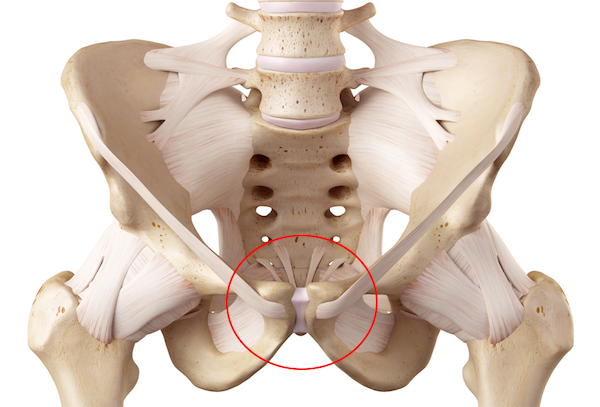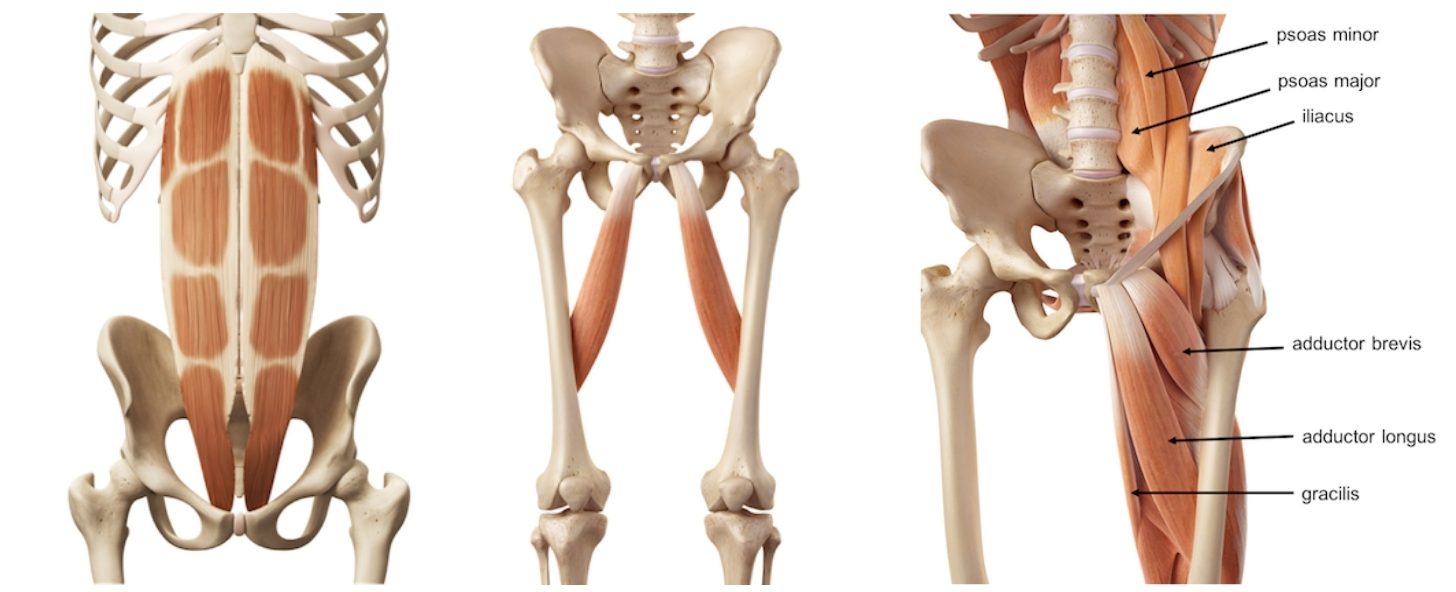The inflammation of the symphysis pubis is often the result of overuse, whereby there is an abnormal muscle forces acting on the pubic symphysis. This condition is commonly observed in athletes who participate in sports with frequent activities such as kicking, twisting, pivoting, cutting, and during abrupt directional changes.
Osteitis pubis has been described in soccer, rugby, ice hockey, and distance running players. The incidence in athletes is 0.5%–8%, with a higher frequency in distance runners and athletes participating in kicking sports, mostly in male soccer players with 10%–18% of injuries per year.
Alone in 2006, osteitis pubis was estimated to cost the 16 AFL clubs over AU$1.7 million in player absence. Also, 41% of athletes who are diagnosed and treated for osteitis pubis continued to experience pain and weakness when playing despite conservative treatment that included 3 months of rest from the sport.
Studies have shown that the best approach to prevent osteitis pubis is to ensure pelvic integrity, pelvic alignment provided by a symmetric muscular strength on both sides, as well as a healthy movement in the hip and sacroiliac joints, neither excessive nor restricted.
Prevention programs include:
- Stability, flexibility and core strengthening exercises (Pilates, core stability, Swiss ball work) and flexibility training.
- The use of compression garments for support.
- Physical therapy assisted by a physiotherapist or sports medicine professional to help release tight joints and muscles, also comprising a targeted stretching and rehabilitation regime for the immediate and long-term management of the condition.

What is the pubic symphysis?
The pubic symphysis is the area where the two ends of the pubic bones meet at the groin. The pubic bones are covered with cartilage tissue and are kept together by a fibrocartilage disk firmly tightened by ligaments. Several muscles insert at this point including adductors (magnus, brevis, longus), the rectus, pectineus and gracilis muscles. Strong ligaments keep these muscles in place and limit the movement of the symphysis. However, continuous strain caused by pulling forces onto the pubic joint may trigger inflammation of the region followed by tissue destruction.

Specifically in women, the greater elasticity conferred by these structures allows for the expansion of the pelvis during birth. In fact, as the pregnancy progresses and the pubic symphysis becomes more lax, women often feel pain the pubic area most often when performing asymmetric movements of the pelvis as it happens when getting out of the car.

The diagnosis, management and recovery plan for a osteitis pubis are well defined unless it becomes chronic in rare cases, thus requiring surgical intervention.
If you wish to learn about osteitis pubis see its full description on our website.
You can access the anatomy of the pelvis and hip here.
Or the examination of the pelvis and hip here.